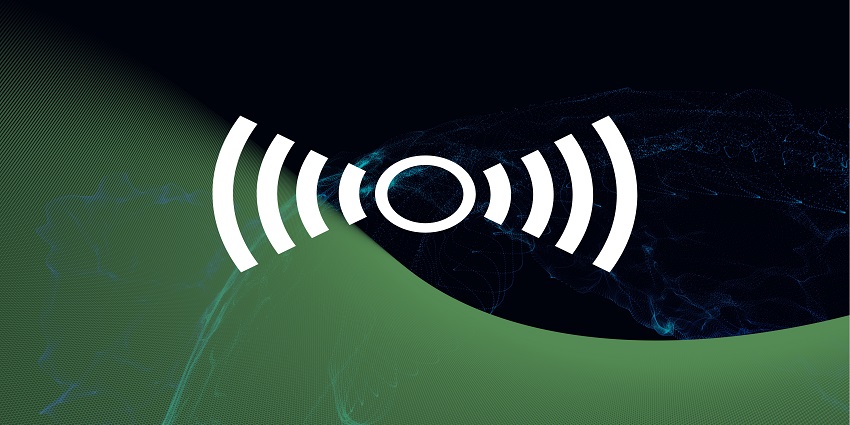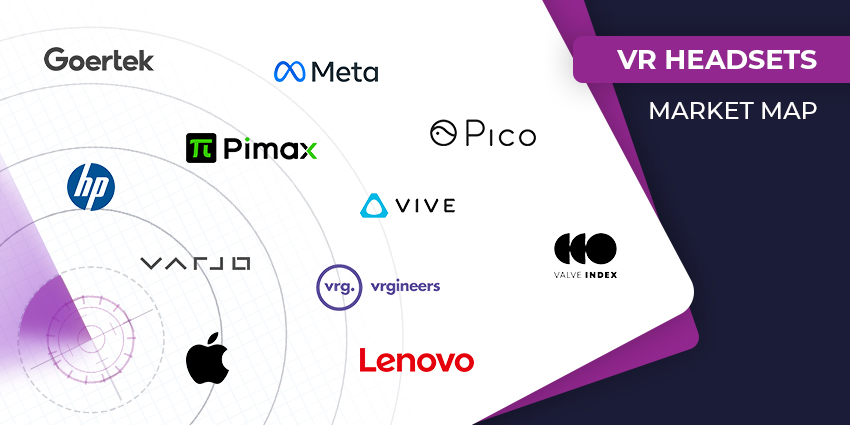Apple, Sony, Microsoft, and countless other vendors in the technology space are now investing heavily on the concept of “spatial audio”. These innovators are discovering how important a multi-sensory experience can be when building immersive interactions for users.
After all, the way we interact with environments isn’t based exclusively on what we can see. Being able to hear where sounds are coming from, and detect audio cues from different positions can make digital interactions more lifelike. Spatial audio can enhance the quality of collaborative experiences, by making people feel as though they’re connecting with others in-person.
A spatial audio strategy can also be a fantastic tool for building instinctual skills and muscle memory in the training world. Certain trends in the XR environment are contributing to the rising adoption of spatial audio technology today. Here are just some of the most significant trends to consider.
1. Multi-Sensory Immersion
For years, companies innovating in the extended reality space have focused heavily on the importance of high-quality, realistic visuals. We’ve seen the rise of everything from enhanced screens and digital processing tools to hyper-realistic avatars for collaboration. However, true immersion relies on more than just visual content.
Spatial audio, alongside other forms of immersive solutions intended to engage the human senses, are becoming more common. For instance, haptic feedback is becoming a commonplace tool for some XR innovations attempting to help users engage with virtual content like never before. Spatial audio and haptic feedback could potentially work together to create more meaningful virtual experiences and training environments for people in challenging industries.
Combined with hand and eye tracking technology spatial audio can also assist users in navigating a space more effectively, collecting information and learning as they go. This could lead to a new generation of virtual, augmented, and mixed reality interactions.
2. Wellbeing and Inclusivity
The demand for greater empathy in communication experiences and digital interactions has prompted extensive research into the potential of spatial audio. Leaders are discovering spatial audio not only has the power to improve the way people immerse themselves in digital worlds and interact with enhanced content. The right technology can also improve wellbeing.
Spatial audio in a meeting or event environment hosted in AR, MR and VR technology can reduce the cognitive load on users, and make it easier to keep track of speakers and conversations. Some studies also indicate this technology could help with inclusivity, by allowing people with hearing issues to feel more connected within a communication environment.
As companies continue to focus on creating more emotionally engaging, and empathetic experiences for both consumers and employees, spatial audio is likely to play a significant role in the future of XR. Some researchers even believe the use of spatial audio could reduce employee stress.
3. The Rise of the Metaverse
Virtually everyone involved in the technology landscape is talking about the Metaverse today. Promising a new era of “embodied internet” experiences, the Metaverse opens the door to more impressive virtual experiences and digital interactions. Many experts believe this environment will be the foundation of future workplaces, events, and training experiences.
To create a powerful metaverse for work, collaboration, or customer contact, business leaders need to invest in creating the most authentic and engaging environment possible. As sound is one of the most important tools in helping us to connect to content and other people, spatial audio will have a crucial role to play in the development of new metaverse environments.
With spatial audio, companies will be able to build events in the metaverse which help users to feel as though they’re exploring a real-world environment. The result could be better connections between people, more memorable experiences, and greater brand differentiation for those who get involved.
4. Teleportation and Holograms
While the concept of teleportation in the XR landscape today might not be exactly the same as the idea once conveyed in sci-fi books and shows, it is developing at an incredible rate. Since the pandemic, companies have been looking for ways to bring external employees, users, and customers into physical environments without the need for travel.
Mixed Reality and Augmented Reality tools are allowing for the development of holograms and similar solutions which can essentially “transport” a person into a new environment. The use of spatial audio in the teleportation landscape can make these interactions more realistic. For a person viewing a hologram, spatial audio can help to connect the voice of a person to their holographic avatar.
At the same time, the person engaging in the teleportation experience on the other end of the technology can more easily detect where voice and sound is coming from. This means they can move and make eye contact with other people, as if they were visiting a space in the real world.
5. Enhanced and Optimised Hardware/Software
Finally, like many of the innovative new creations in the XR space, the concept of spatial audio is becoming more accessible as a result of enhanced hardware and software solutions. Business leaders across the technology landscape are now beginning to build open platforms where developers can create all kinds of immersive experiences, with spatial solutions already built-in.
The changing software landscape for XR developers makes it easier to take advantage of spatial audio technologies with pre-configured code and technology. At the same time, hardware innovations are making it easier to create ergonomic and immersive solutions for a boosted audio experience. Everything from high-quality speakers and headsets to bone conduction tools can transform the way companies interact with spatial solutions.
Combined with enhanced screens and visuals, as well as more ergonomic and lightweight hardware, spatial audio innovations will help to make the technology more commonplace. In the future, we’re likely to see enhanced spatial audio solutions as a standard component of any XR experience.







